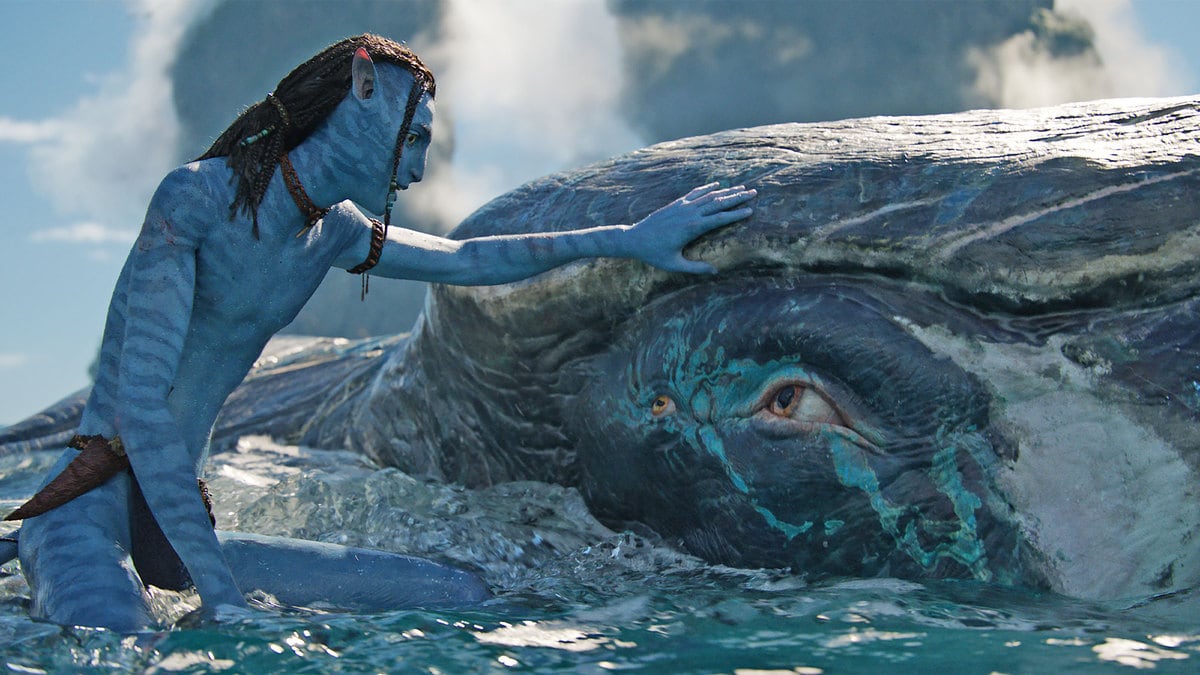‘Avatar: The Way of Water’ Is Really the Story of a Boy and His Whale
FREE WILLY
The first “Avatar” earned comparisons to movies like “Pocahontas.” The movie “Way of Water” most resembles? Every “boy and his dog” (or whale) movie you’ve ever seen—in a good way.






